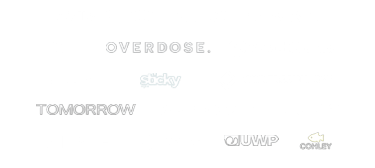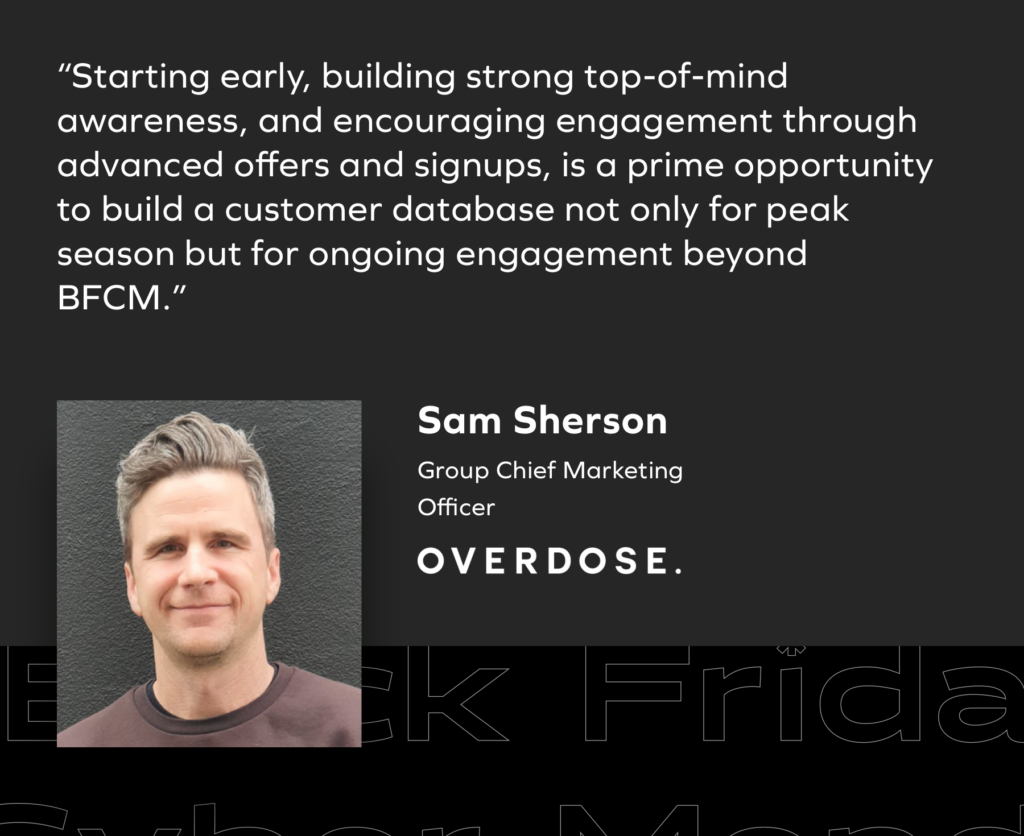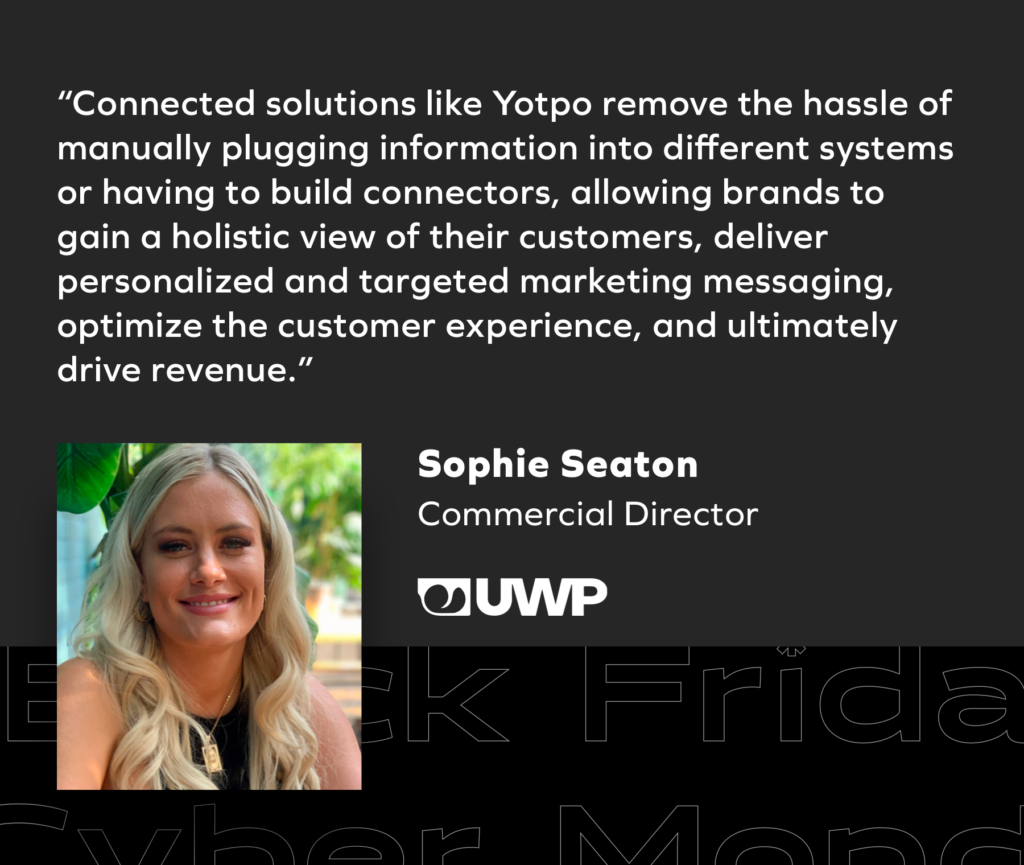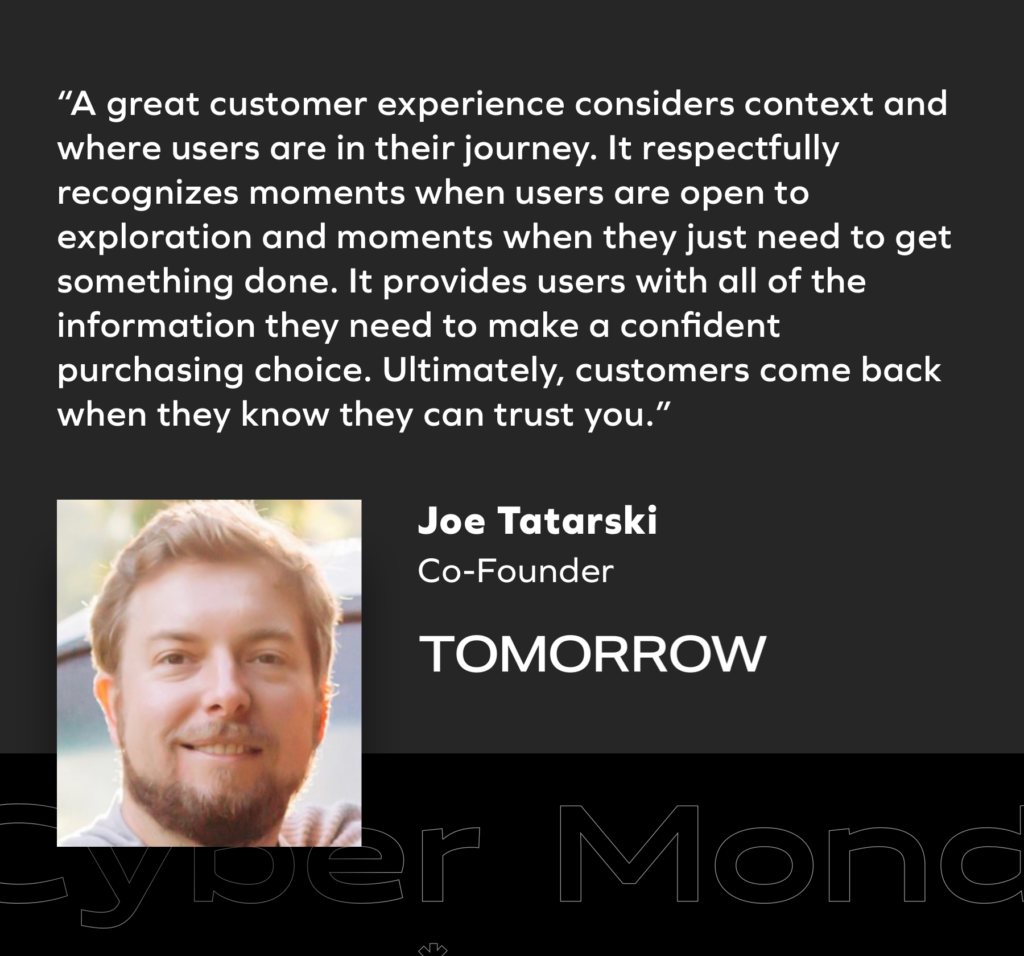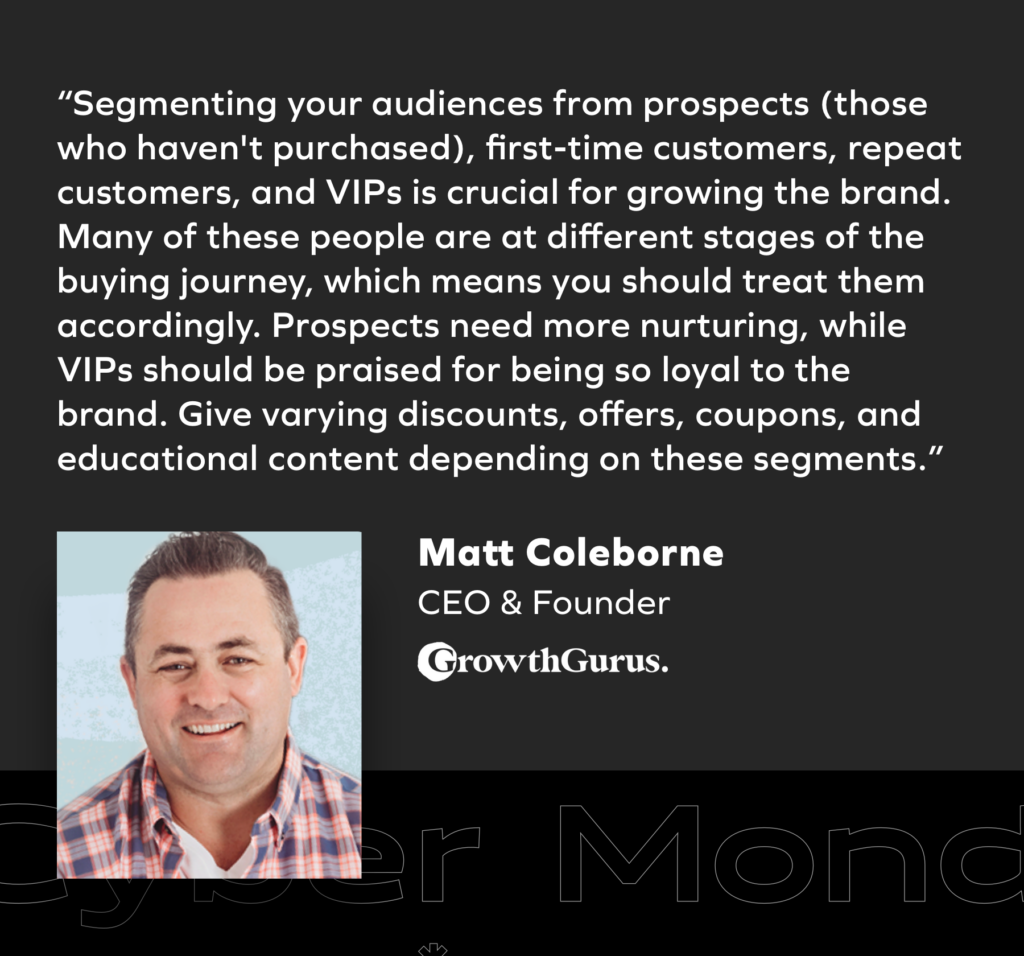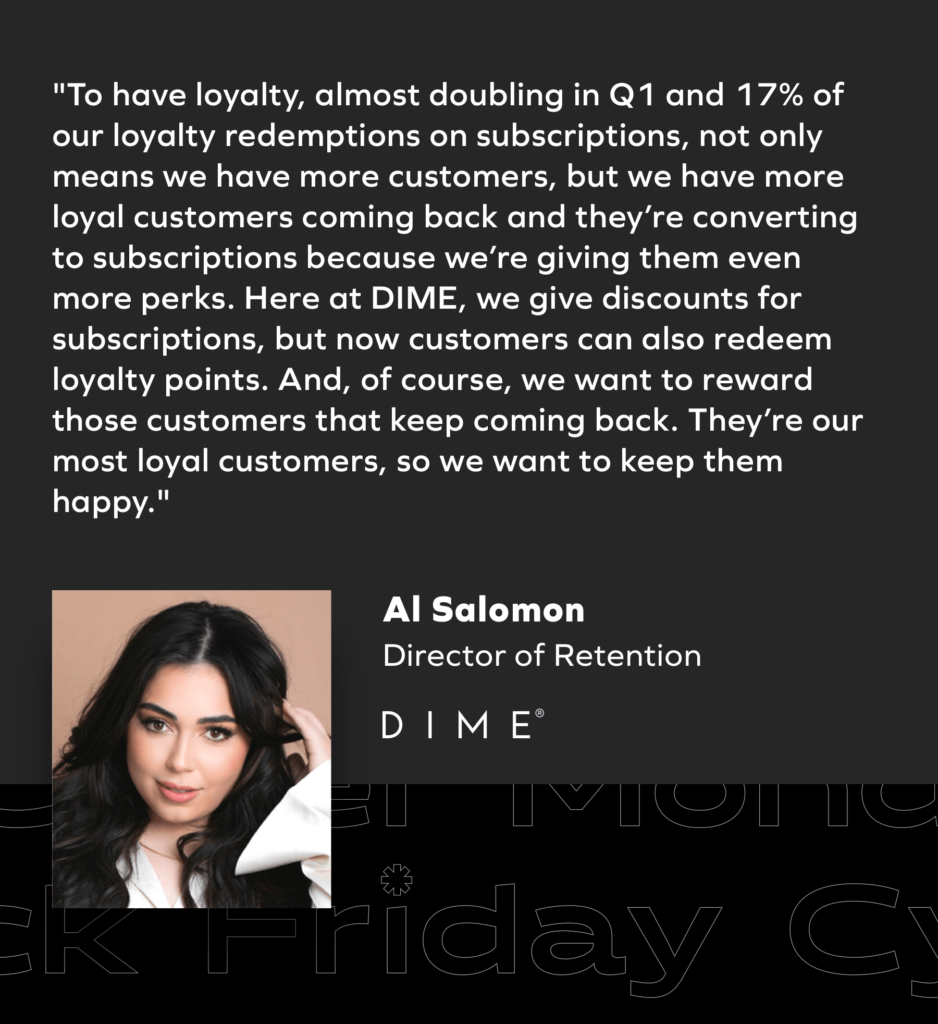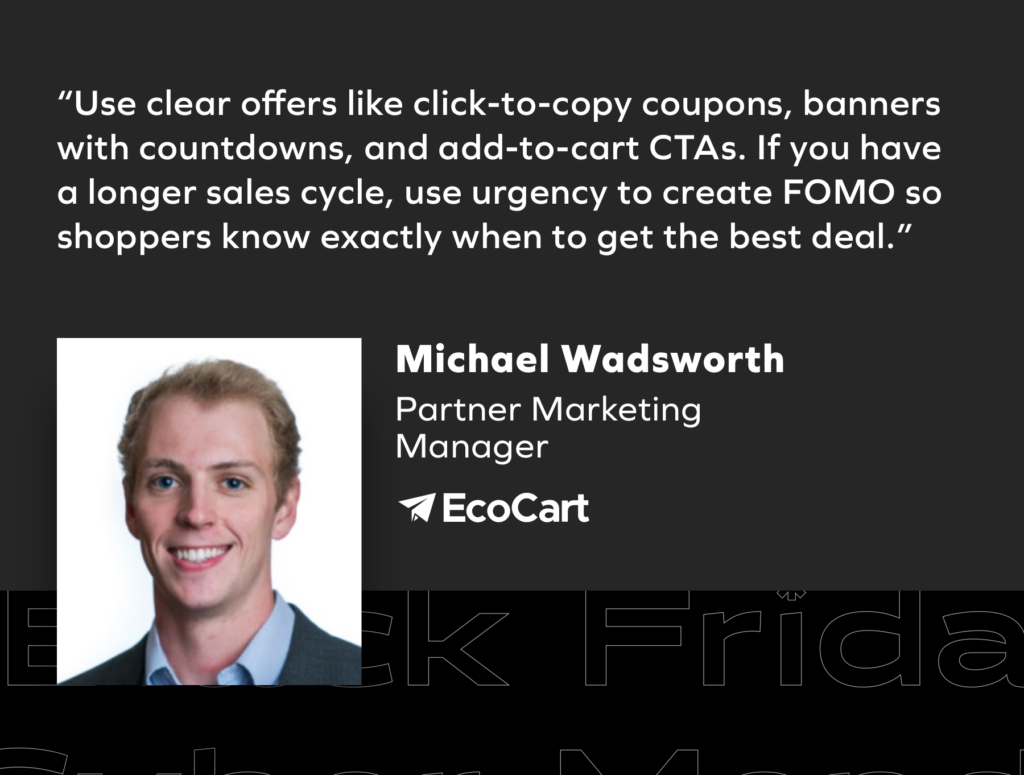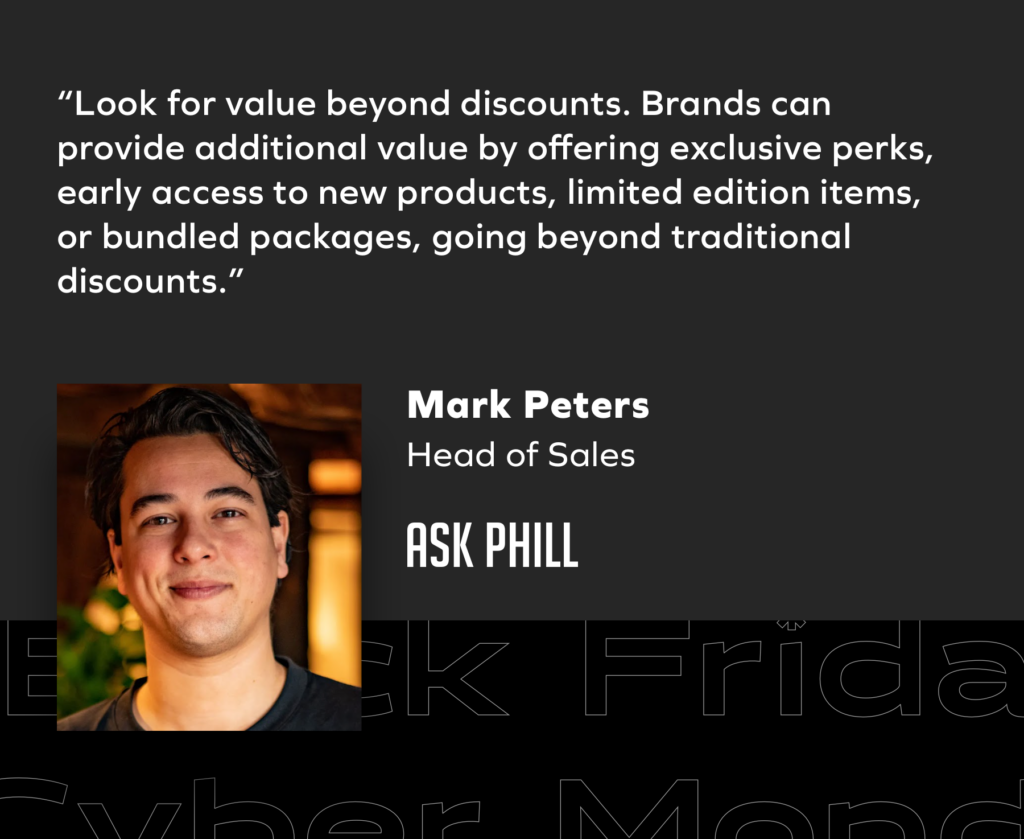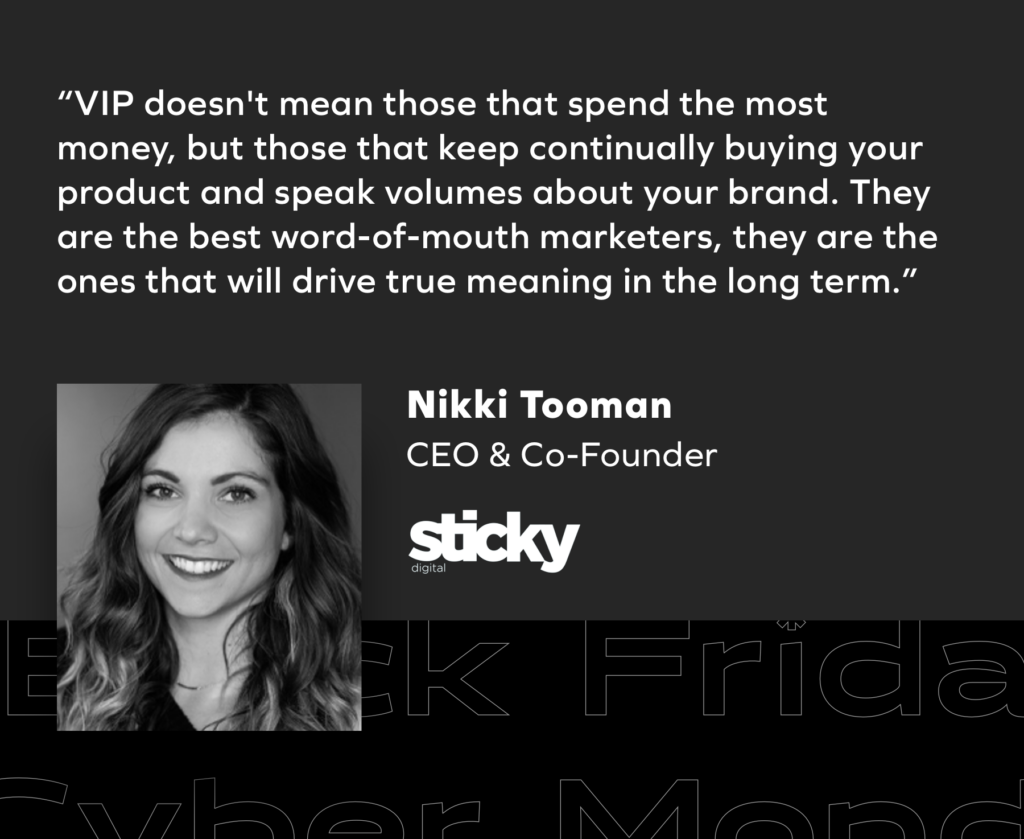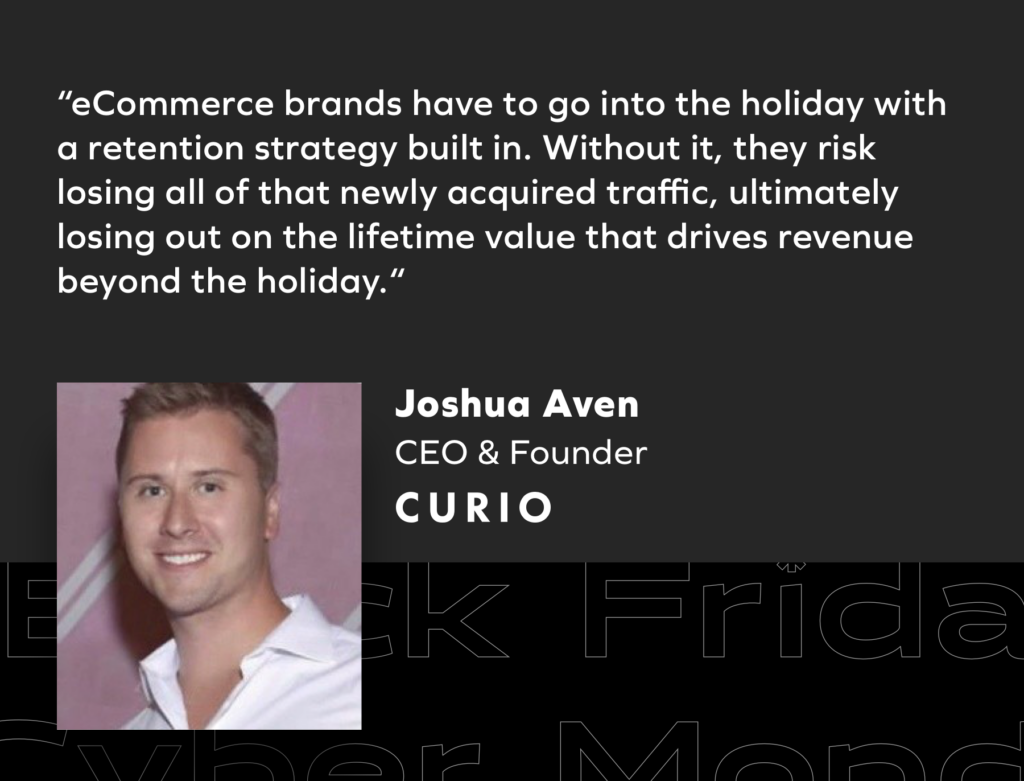When times are tough and budgets are tight, brands should look for quick wins and try to squeeze whatever extra value they can get. Honing in on just a few little optimizations in your marketing strategy can have a major impact and significantly boost your overall performance this BFCM.
What works best for each brand will vary, and you should focus on areas you know are in need of improvement for your brand. But if you’re not sure where to start, there are some common techniques that can make a big difference during the holiday season.
For example, instead of falling victim to steep acquisition costs, you can use your existing customers to spread the word about your brand and products. In the weeks before BFCM, launch a promotion that pushes for referrals and enjoy a wave of new users coming to your store. It’s quick, strategic, and cost-effective.
If subscribers refer a friend during the holiday season, tack on an extra sample or a bonus box. With this strategy, your brand not only increases awareness with word-of-mouth marketing beyond the holiday, but you also encourage shoppers to expand their preferences beyond the hero products.
“By adding value in an authentic way to your brand, your community, customers, or other stakeholders will be happy to help you build your business,” says Daniel Kouchnir, VP Commercial Strategy at VaynerCommerce.
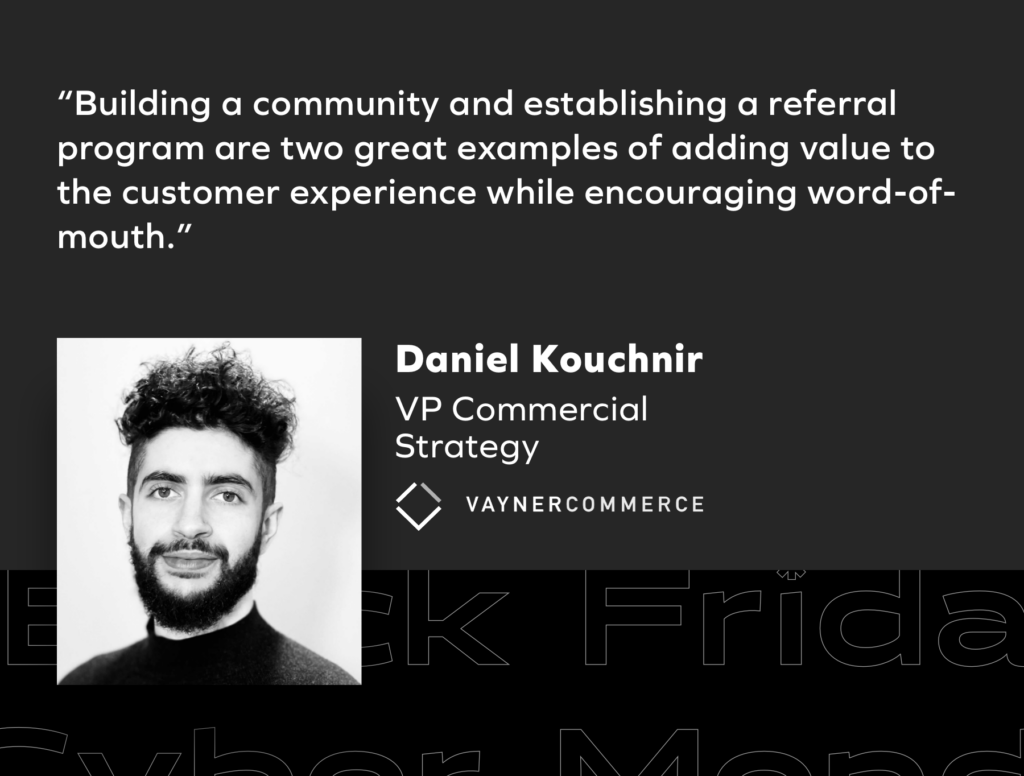
You can also see huge gains from small improvements in the path to purchase. Did you know that a whopping 72% of consumers will pay more if it’s more convenient? Or as Al Salomon, Director of Retention at DIME Beauty puts it: “to win and keep customers, you have to not only be convincing, but also convenient.” Especially around Black Friday and Cyber Monday, you want to make the most of sky-high holiday traffic and use every opportunity to score a sale.
“There’s so much competition in the space and attention is very hard to keep for a long time in our digital and mobile age,” says John Surdakowski, Founder and CEO of Avex.
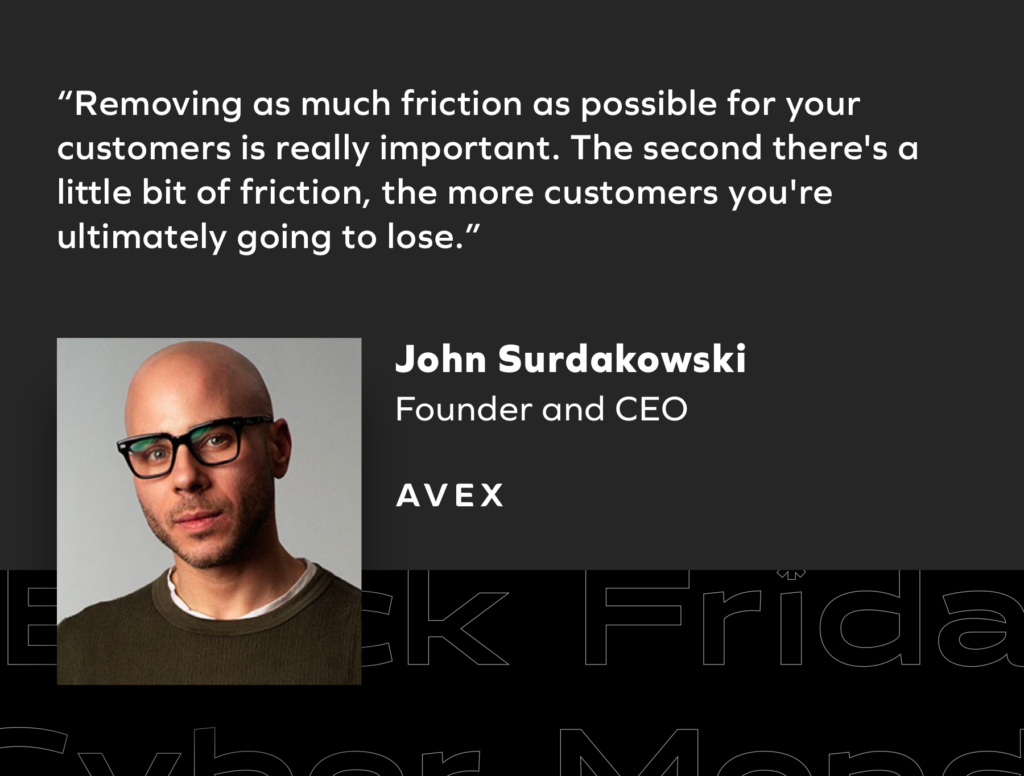
This BFCM, you can encourage quick decision-making, incentivize immediate action, and turn each shopper-brand interaction into a sale. Accelerate the path to purchase with ultra-fast checkout experiences, shoppable social media content, and advanced Click-to-Buy SMS solutions.
And one last tip when looking for quick wins: out-of-the-box packaging pays off. Exceed customer expectations by offering one-of-a-kind unboxing experiences, like surprise gifts, personalized thank-you notes, or useful product instructions.
“Rather than putting your product in a generic box, try making the unboxing experience unique. Provide anything your customer would possibly need like instructions, warning labels, etc. while including a unique branding experience: a letter from the founder, best way to use, or a coupon/special Black Friday deal,” says Matt Coleborne, CEO & Founder at Growth Gurus.
Squeeze even more value from packaging by adding a product sample to help customers discover new products, or a QR code that shoppers can use to learn more about the product, sign up to your SMS club, watch a video message from your brand, or leave a review.
Making small improvements like these might feel minor in the grand scheme of your business, but with the influx of traffic that BFCM brings, they can make a major impact on your bottom line during your busiest season.





